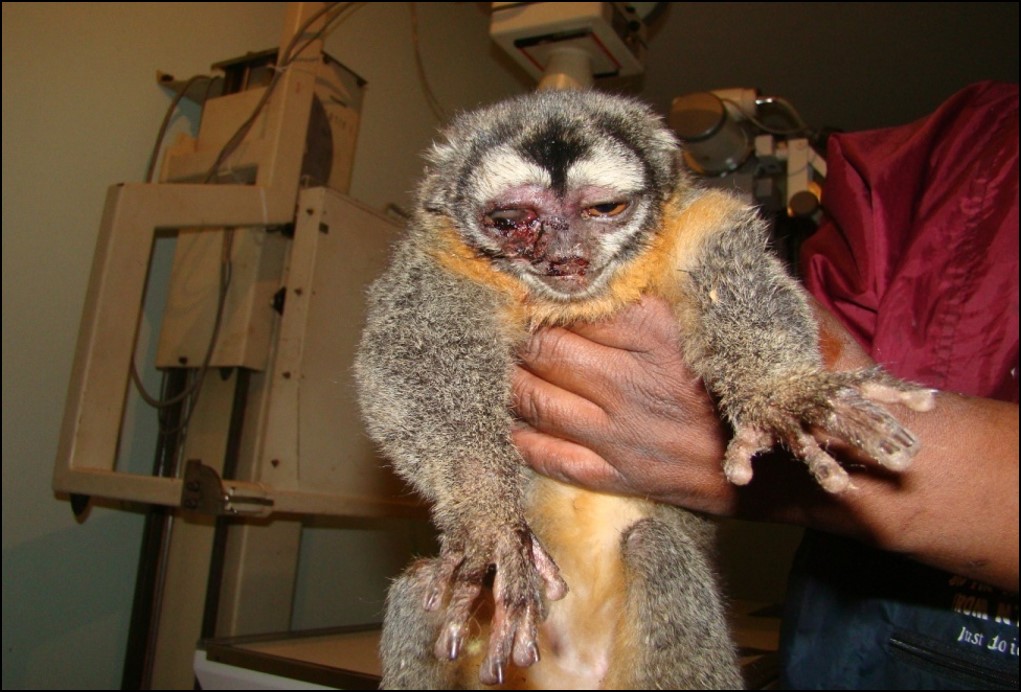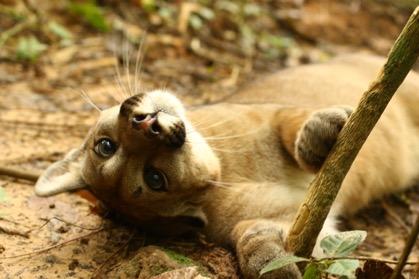Why We Do It
Even though there are laws and international treaties to protect wildlife, the state of animals and their natural habitats throughout the world are becoming more precarious and unsustainable. Climate change, high rates of deforestation and illegal wildlife trafficking prove that there is much work to do to protect our planet.
We have witnessed the senseless torture and suffering of defenseless creatures, and this motivates us to continue our work.
The Facts
At the 2018 Illegal Wildlife Trade Conference in London, the data and figures presented highlighted the devastation caused by animal trafficking:
- A rise in trade between South America and Asia due to the increase in demand for wildlife products such as jaguar teeth and claws.
- Only one out of ten animals survives illegal trafficking.
- To keep the animals out of sight of law enforcement agents during their trip to Europe and the United States (the most common destinations), animals suffer indescribable torture.
- Animals smuggled out of their countries end up in zoos, private “collections”, laboratories and even in food dishes as delicacies..
While traffickers obtain great economic profits, they put wildlife at risk and cause irreparable damage and instability to our planet´s delicate ecosystems.
Disastrous Consequences
Between 1970 and 2014, population sizes of wildlife decreased by 60% globally, according to this 2018 report published by the World Wildlife Fund. During the same period, the global human population nearly doubled. After habitat destruction, the most significant contributing factor to the decrease in wildlife populations is illegal wildlife trade.
Unfortunately, a species on the verge of extinction becomes more valuable on the black market. Many animals that are removed from their natural habitat are abandoned elsewhere when the captors no longer want them. Without appropriate habitats or proper rehabilitation, many of these animals die of starvation or because they cannot adapt to the new environment. Equally worrisome is the situation of those who do manage to survive, as they can have detrimental effects on the environment. In many cases they reproduce without control, overpopulating a habitat, producing imbalances and acting as invasive species that displace native ones. They can also introduce new diseases that could spread among local populations or may even be zoonotic, affecting humans in addition to wildlife.

Animal Suffering
The mortality rate of trafficked animals is as high as 90% due to the horrible conditions to which they are subjected. Animals often change hands several times through unscrupulous intermediaries, each of whom has their way of passing these animals through the control zones so that they are not detected.
Some of the inhumane treatment suffered by trafficked wildlife includes the following:
- Animals are often drugged during transportation to prevent their detection by authorities.
- Animals are often crammed inside tiny and overcrowded cages, where they endure significant stress and are exposed to diseases.
- Turtles are taped inside their shells while being transported to keep them from moving.
- Parrots have their beaks and feet tied, and in many occasions their wings are fractured to stop them from flying.
- Many species of birds are transported inside plastic bottles.
Animals that manage to survive long enough to be sold often suffer very poor care and living conditions once they are purchased. Some animals require companions of their own species yet live in isolation, and being very far away from their natural habitat can cause them to develop psychological disorders.
Lax Regulation
In 1992, the same year that CIWY was founded, Bolivia passed Environmental Law 1333, making wildlife trafficking illegal. However, anyone visiting an open-air market in Bolivia will encounter live animals and animal derivatives, such as llama fetuses, jaguar pelts and armadillo shells.
LAW 1333; April 27, 1992
ENVIRONMENTAL LAW
TITLE XI, CHAPTER V; ENVIRONMENTAL CRIMES
ARTICLE 111º. Anyone who incites, promotes, captures and/or commercialises the product from hunting, possession, collection or transportation of animal and plant species, or their derivatives without authorisation or if they are declared in close season or protected, thereby putting them at risk of extinction, will suffer the penalty of imprisonment for up to two years and will have the species confiscated, to be returned to their natural environment, if advisable, and will pay a fine equal to the full value of the species.
One of the critical problems with Law 1333 is that it is not adequately enforced by the Bolivian government. Furthermore, the law is not compatible with Bolivia’s criminal code, so even when people are caught breaking the law, they are not sanctioned. Unfortunately, animal trafficking in Bolivia is a minor concern for the authorities, which makes it even harder to effect change, delegate resources towards the issue and advocate for justice.
The lack of enforcement has serious consequences. Poachers continue hunting and capturing animals, including species at risk of extinction. The legislative system is not strong enough to end this problem. Defenseless animals that are affected by trade need to be taken care of, and no agency exists to provide such care. CIWY works to tackle this problem in Bolivia and outside its borders.

Comunidad Inti Wara Yassi (CIWY) is a Bolivian Non-Governmental Organisation engaged in protecting wildlife rescued from illegal trafficking and the conservation of ecosystems. Across its three wildlife sanctuaries, CIWY has cared for thousands of animals over the years, providing for them a better quality of life and a future in their natural habitat. CIWY has been in operation since 1992 and is today recognised internationally for its work in wildlife care and rehabilitation.
Part of the extended CIWY family are Friends of Inti Wara Yassi UK and Friends of Inti Wara Yassi Australia, two international nonprofits founded and run by former volunteers to facilitate fundraising and permit tax-deductible donations for British and Australian taxpayers.












































































































































